Agricultural sector meets dual goal, seeks new outlets
Securing growth despite COVID-19, natural disasters
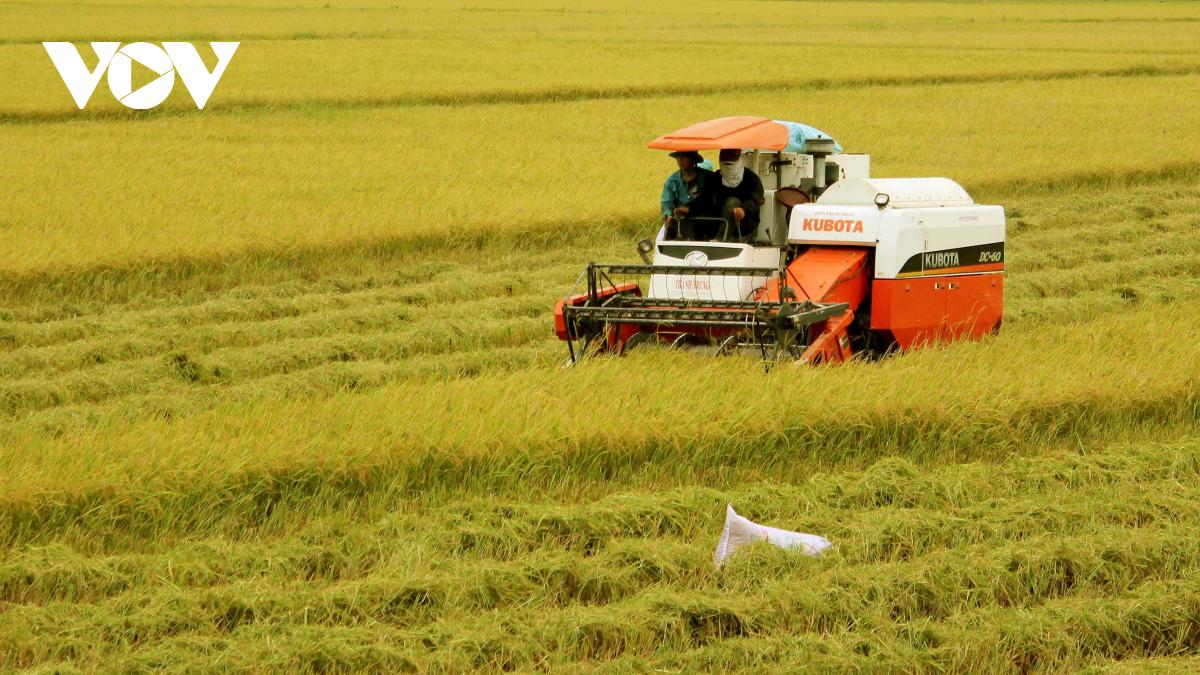 |
| Rice production is a bright spot in the overall picture of the national economy |
Statistics indicate that the sector enjoyed a growth rate of approximately 2.65% to meet domestic consumption and export requirements. Although the COVID-19 pandemic brought about challenges, agro-forestry and fishery exports hit US$41.25 billion in value, representing a record high figure.
Hoang Van Tu, representative of the Food and Agriculture Organization of the United Nations (FAO) in Vietnam, notes 2020 marked a special year for Vietnamese farm produce exports despite disruptions in the global shrinking market and supply chain.
“While Vietnam’s agro-forestry and fishery exports kept rising, other countries saw their farm produce exports decrease considerably, even by 30%,” Tu says. “This is because the country successfully brought the COVID-19 pandemic under control and stabilised production. In addition, it knew how to take advantage of filling the gap in the market to increase exports.”
Experts single out rice production as a bright spot in the overall picture of the national economy in 2020, noting that with a total output of 42.7 million tonnes, the agricultural sector was able to meet the dual goal of ensuring national food security and maintaining exports.
Furthermore, aquaculture can also be considered a success story in the context of the COVID-19 pandemic evolving in a complex manner. The disruption faced by the global supply chain and the shrinking of the global market forced seafood processors to seek out new outlets overseas whilst continuing with efforts to develop the domestic market.
Due to this approach, farmers capitalised on preferences brought about by the Comprehensive and Progressive Agreement for Trans-Pacific Partnership (CPTTP) and the EU-Vietnam Free Trade Agreement (EVFTA) to boost aquaculture. As a result, total seafood output reached an estimated figure of over 8.4 million tonnes in 2020, up 1.9% compared to the previous year; of which exploitation brought more than 3.84 million tonnes, up 2.5% while farming reached about 4.56 million tonnes, up 1.4%.
Eying domestic market, capitalising on FTAs
 |
| Applying technological advances generates high-quality products |
According to Assoc. Prof. & Dr. Dao The Anh, deputy director of the Vietnam Academy of Agricultural Sciences, amid the height of the COVID-19 pandemic the domestic agricultural sector played an important role in ensuring national food security and maintaining export trends.
“When the epidemic broke out, non-agricultural workers in the city lost their jobs and returned to their hometowns, imposing a considerable burden on agricultural production. Yet, the sector has stood firm, helping to generate income for the laid-off workers and maintain its export capacity,” says Dr. Anh.
Most notably, the expert points out that this can be viewed as a short-term direction that is occurring during the epidemic. In order to stabilie and develop sustainable production it is therefore necessary to consider the matter from different perspectives.
“Currently, climate change is threatening not only agriculture production but also the value chain in many regions of the world,” notes Dr. Anh. “We need to introduce solutions to adapt to climate change. Mountainous areas are most vulnerable from climate change, therefore ensuring national food security and nutritional security should be an issue of primary concern. For production areas, it is imperative to apply authorised standards, because it is easy to open a market, but it is not easy to penetrate a market.”
Moreover, alongside training farmers and applying information technology to production, businesses should strive to take advantage of opportunities from new generation FTAs as a means of producing quality products and meeting demanding markets overseas.
At present, the country has a long way to go in order to meet its goal of becoming an agricultural powerhouse and a sustainable agricultural developer.
Dr. Dang Kim Son, director of the Institute of Strategic Policy and Rural Development, says the global economic crisis driven by the COVID-19 pandemic has forced many firms, including local ones, to adjust their investment strategies in an effort to adapt the situation. As investing in the green economy is a future trend, agriculture represents one of the sectors that will continue to attract investment in the long run.
“The development of Vietnam’s agriculture over the years has relied a lot on a large number of households, small farmers and small and medium – sized enterprises. The domestic sector will find it difficult to compete against other rivals in the international market that requires high quality products, sustainable production and environmentally friendly factors,” stresses Dr. Son.
According to Dr. Son, enterprises play a decisive role in the development of the industry and service sector, although enterprise-based agricultural production is not the only way. In line with this, successful models of agricultural production in various Northeast Asian economies indicate that it is necessary to boost farmers’ connectivity through co-operatives, farmers’ associations, and unions, all of which should be empowered by the state.
“It is crucial whether or not we really put farmers in a central role in the production process in line with the Party resolution No. 26 NQ/TW on agriculture, farmers, and rural areas?” Dr. Son points out.
Moving forward, developing deep processing for local agricultural products will also be an urgent requirement when the nation opens its doors for new generation FTAs as it will ultimately enable the agricultural sector to sharpen its competitive edge in the domestic market whilst penetrating new markets overseas.
Related News
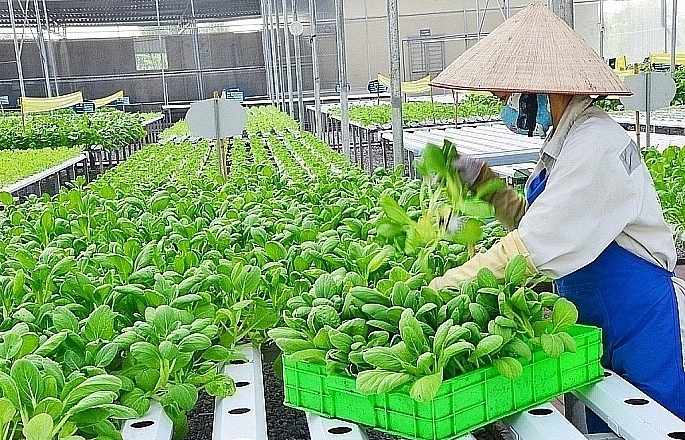
Hanoi: Maximum support for affiliating production and sustainable consumption of agricultural products
09:43 | 25/12/2024 Import-Export
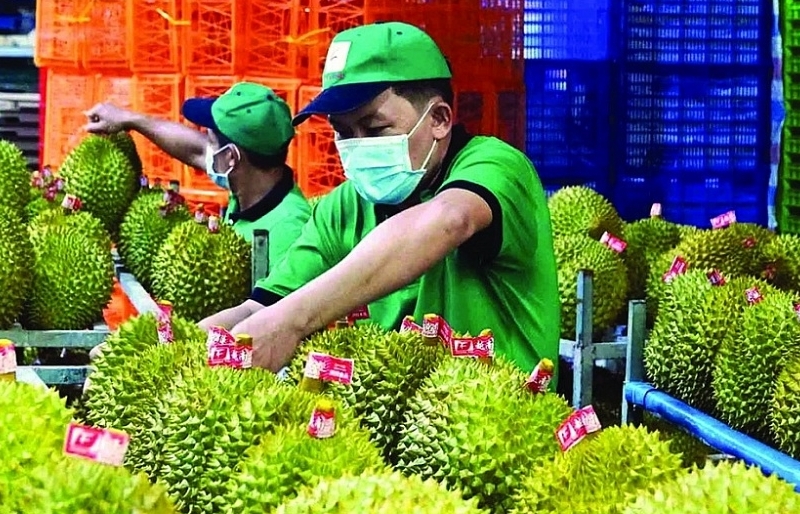
Paving the way for Vietnamese agricultural products in China
11:08 | 26/12/2024 Import-Export

Coconut is expected to become a billion-dollar export item
16:40 | 01/11/2024 Import-Export
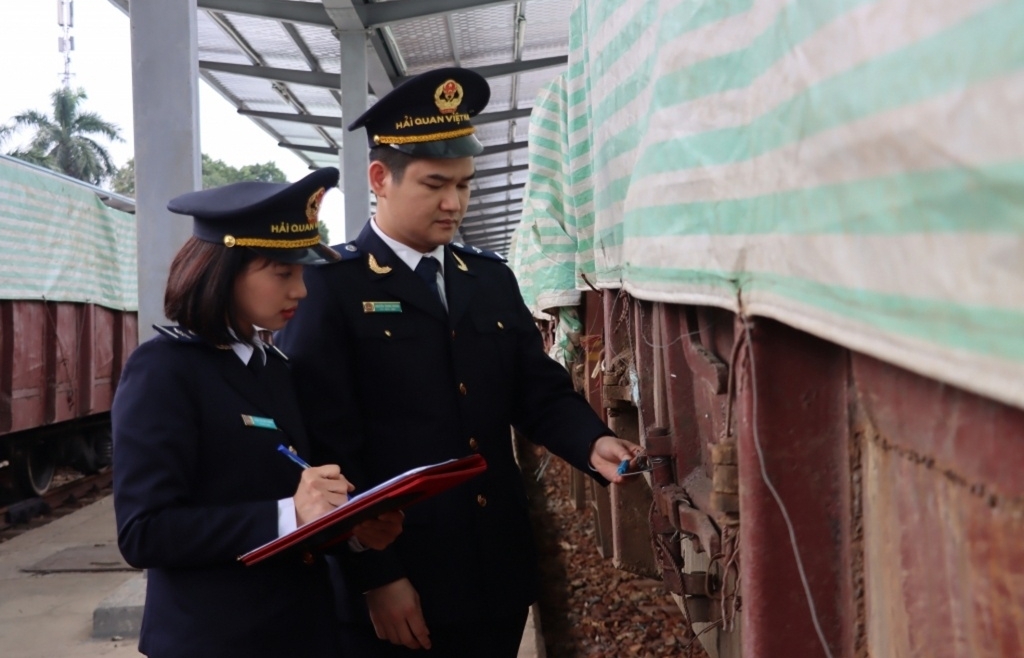
Lao Cai Customs sees a triple-digit surge in export-import turnover
10:37 | 02/11/2024 Import-Export
Latest News

Embracing green exports: a pathway to enter global supply chains
10:33 | 20/02/2025 Import-Export
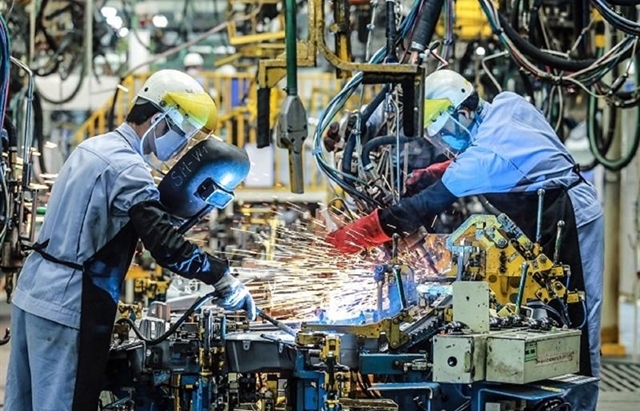
New policy proposed to prevent transfer pricing, tax evasion of FDI enterprises
10:32 | 20/02/2025 Import-Export
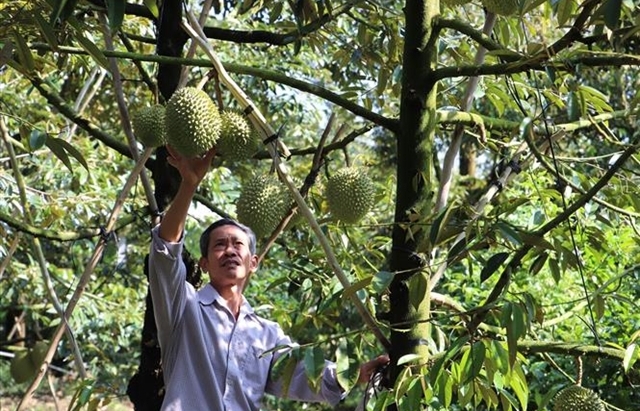
Việt Nam’s durian exports to China plummet by 80%
16:18 | 19/02/2025 Import-Export
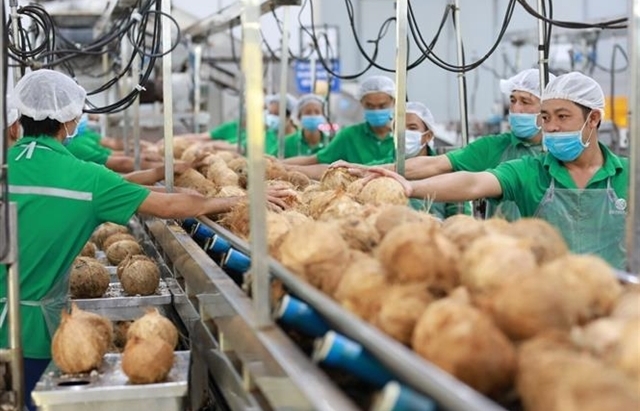
Coconut exports reach 14-year high
15:29 | 18/02/2025 Import-Export
More News

Shrimp exports grow in the first month of 2025
15:28 | 18/02/2025 Import-Export
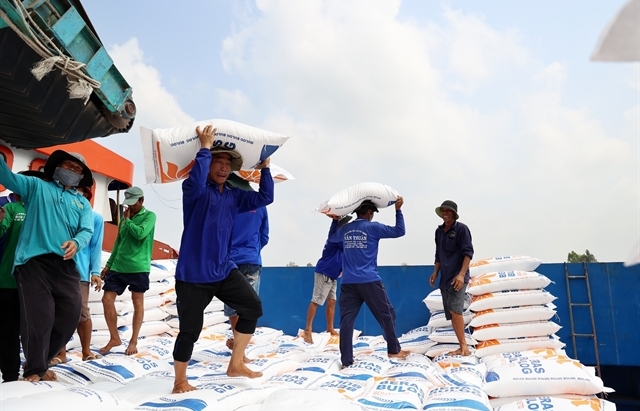
Rice export prices drop, but decline expected to be short-term
08:10 | 17/02/2025 Import-Export
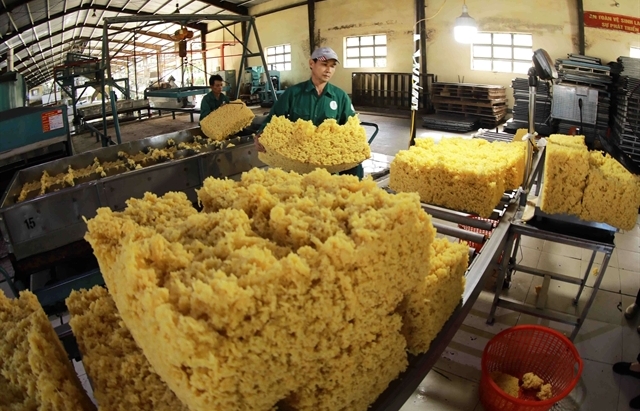
Key agro products expected to maintain export growth this year
08:08 | 17/02/2025 Import-Export
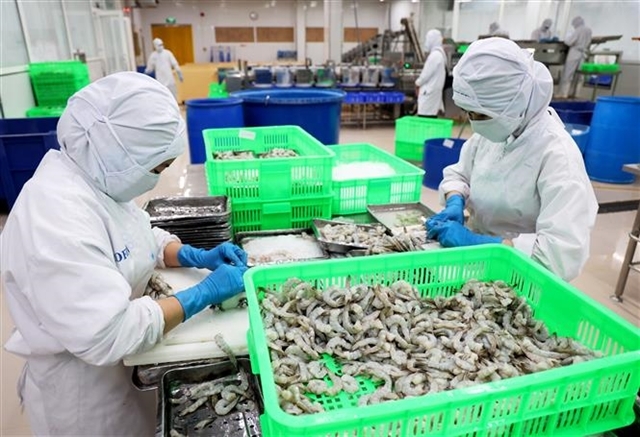
EU issues 12 warnings against Việt Nam’s food and agricultural exports
08:07 | 17/02/2025 Import-Export
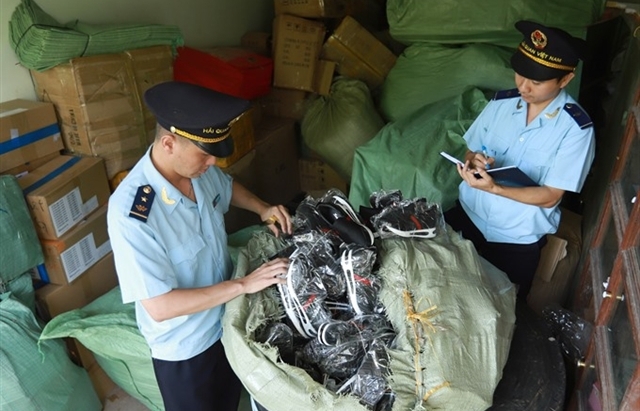
Việt Nam to impose VAT on low-value express-imported goods
08:06 | 17/02/2025 Import-Export

Exchange rate risks need attention in near future
16:31 | 15/02/2025 Import-Export
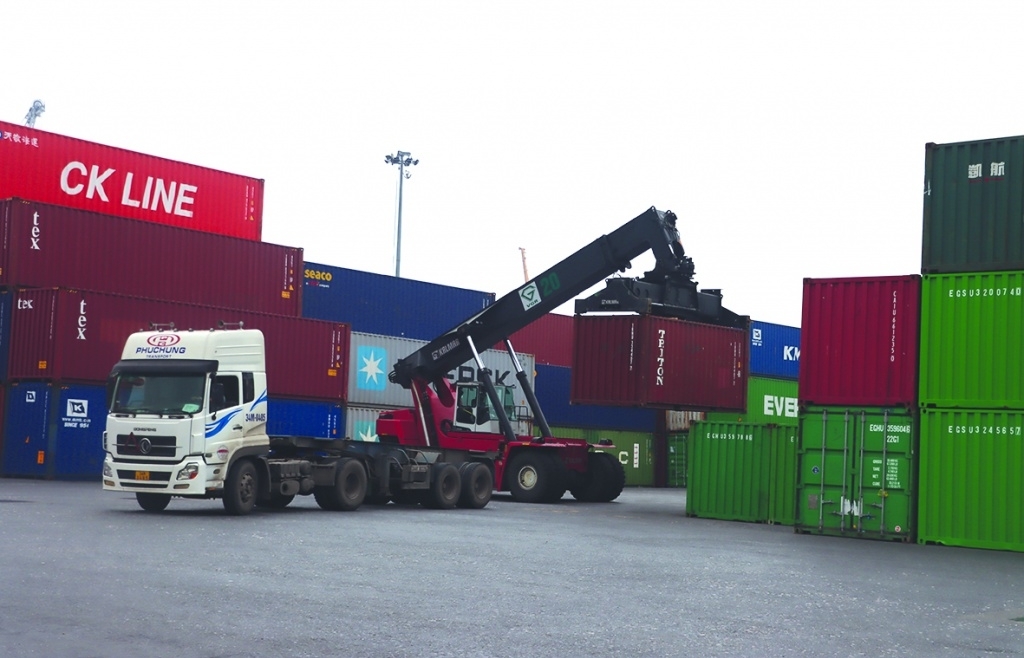
Vietnam kicked off the year with a strong start in trade, exceeding US$63 billion in the first month
16:30 | 15/02/2025 Import-Export
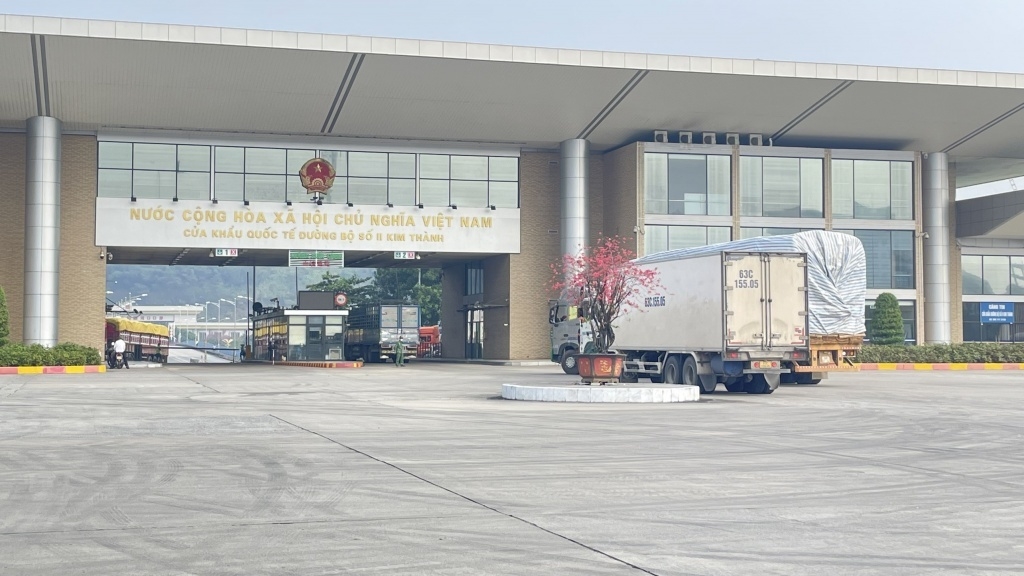
Import and export turnover reaches about US$29 billion in the second half of January 2025
14:52 | 14/02/2025 Import-Export

Market edges up slightly as liquidity remains low
14:48 | 14/02/2025 Import-Export
Your care
The system has not recorded your reading habits.
Please Login/Register so that the system can provide articles according to your reading needs.

Embracing green exports: a pathway to enter global supply chains
10:33 | 20/02/2025 Import-Export

New policy proposed to prevent transfer pricing, tax evasion of FDI enterprises
10:32 | 20/02/2025 Import-Export

Việt Nam’s durian exports to China plummet by 80%
16:18 | 19/02/2025 Import-Export

Coconut exports reach 14-year high
15:29 | 18/02/2025 Import-Export
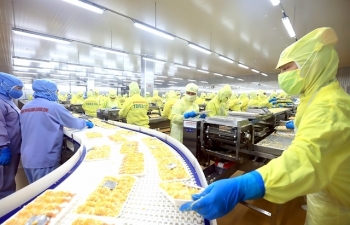
Shrimp exports grow in the first month of 2025
15:28 | 18/02/2025 Import-Export
